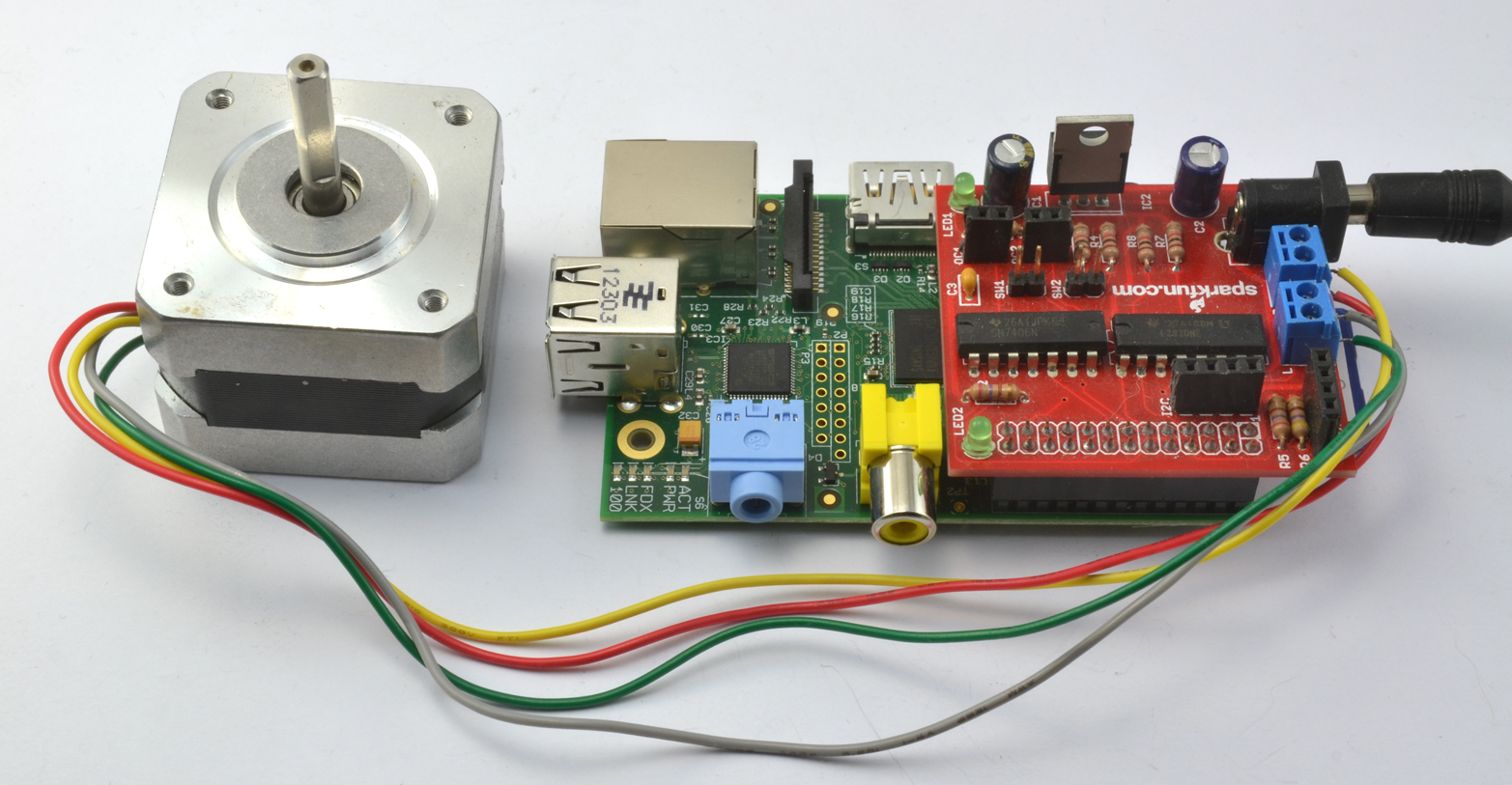Determining what type of engine, you need is not an easy task to do. There are many different varieties available today. Before ordering, there are a number of criteria’s to take into account for Optical Encoder. So, how can you do it right? This piece of write-up is all about to help you in analyzing which engine is best for your application.
- First of all, you will need to know which voltage source is available in your application. Electric motors can be classified as alternating current (ac) or direct current (direct current). AC types operate only with AC voltage and DC types operate only with DC voltage. There is also a universal BLDC Motor that can operate with AC and DC voltages.
- Once you have established what energy source you have, you will need to determine what style will work for your application. AC motors can be subdivided into: single-phase induction, three-phase induction, two-phase servo and synchronous hysteresis. DC motors can be subdivided into DC Brushless, DC Brush, and Stepper.
- Then you need to understand the different features of each type in order to properly tailor an engine to your application.
- A single-phase induction motor is connected to a single voltage line. An external capacitor is needed for this motor to work. The different types of single-phase induction motors are distinguished by the method in which they are started. The four basic types are split phase, capacitor start, permanent split capacitor and capacitor start/operation.
- A separate phase motor uses a switching device to disconnect the starter winding when the motor reaches 75% of its rated speed. Although this type has a simple design that makes it cheaper for commercial use, it also has low starting torques and high starting currents.
- The capacitor starter motor is essentially a separate phase capacitor motor with a capacitor in series with the starter winding to create more starting torque. This motor is more expensive because of switching requirements and capacitor.
- A permanent capacitor motor has no observation switch. For this type, a capacitor is permanently connected to the starter winding. Since this capacitor is needed for continuous use, it does not provide starting power, therefore, starting torques are generally low.
- These BLDC motors are not recommended for high load starting applications. However, they have low starting currents, quieter operation, and longer life/reliability, so they are a good option for high cycle rates. They are also the most reliable condenser motor because they do not have a start switch. They can also be designed for higher yields and a power factor at nominal loads.
- The capacitor/capacitor start motor includes a start capacitor and circuit operation. The start capacitor is deactivated as soon as the start is reached. This type of motor has a higher starting, lower loaded currents, and greater efficiency. The disadvantage is the expense that is required for two capacitors and a switching device. Reliability also plays a role because of the switching mechanism.
- The three-phase induction motor is wound for a three-phase AC voltage like Optical Encoder. These are the simplest and most durable electric motors available. The motor could be designed for a DELTA or WYE connection. This type is designed for continuous use and high starting torques. The engine speed is relatively constant. If the three-phase voltage is available, it is the motor of choice.
- Two-phase servo motors are used in servo systems, hence the name. They are very sensitive to voltage variations in the control phase. This style requires two 90-degree phase-shift voltages to produce a rotating magnetic field. Servomotors have high inertia torque, high-speed ratio and work well for speed control applications. Tachometer return devices can be supplied with these motors.
- Synchronous hysteresis motors are essentially induction motors operating at synchronous speed. When your application requires synchronous speeds, this is the best option. These motors can be designed for single phase or three phases.
- Available DC motors are brushless DC (BLDC), brushes and bipolar stepper motor. When only DC voltage is available, one of these motors must be used. Brushless DC motors do not have brushes, therefore there are no problems with brush or spark wear. Solid state controls and return devices are required for the operation.
For a single-phase voltage, a capacitor will be needed. Synchronous hysteresis motors develop so-called pull-out and breakout torques. The removable torque is the amount of torque/load that the engine can handle just as it leaves the synchronous speed.
The starting torque is the amount of torque on the output shaft that allows the motor to synchronize and stay there. The traction and extraction pairs are very similar. These motors have low starting currents and low vibration. Since the rotor assembly is made of a cobalt material, which is difficult to achieve, this type of engine is expensive.
